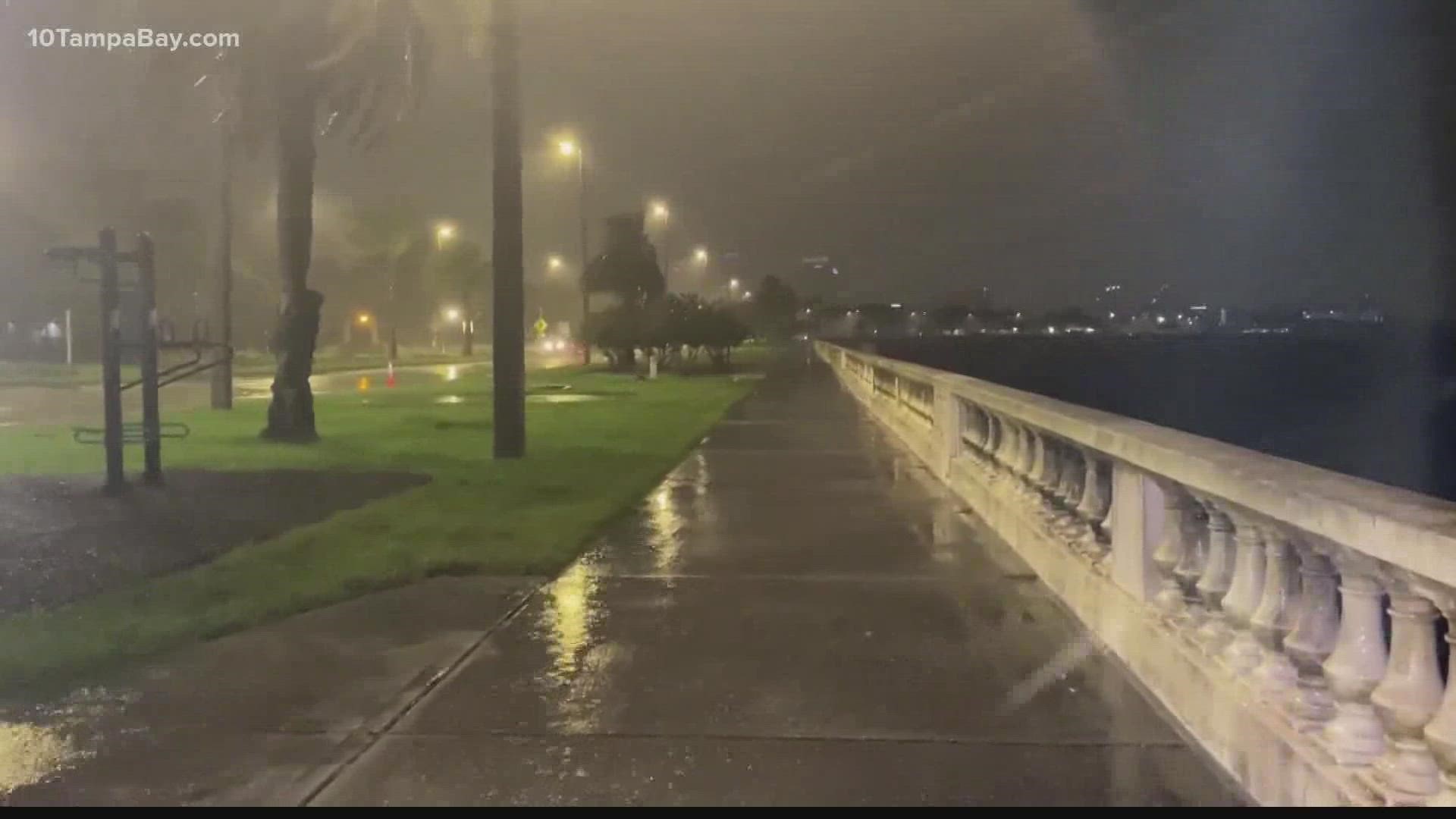ST. PETERSBURG, Fla. — We can take a deep breath. The 2021 hurricane season is ending on a quiet note.
Following a record-breaking 2020, hurricane forecasters predicted another above-normal season. While it may not have seemed active as many storms remained out at sea, the year did end up being above normal nonetheless.
Let's break down some of this season's highlights:
Numbers game
There were 21 named storms this season. Only two Atlantic seasons on record had more than 21 named storms: 2005 (28 named storms) and 2020 (30 named storms).
Seven of the named storms strengthened into hurricanes. The strongest storm, Hurricane Sam, flirted with Category 5 strength but remained a Category 4 storm with 155 mph sustained winds. Impressively enough, Sam avoided all land and remained a fish storm out in the Atlantic ocean. The storm maintained major hurricane status for a whopping seven days. It was the longest-lived storm of the 2021 season.
Out of the seven hurricanes, Hurricane Elsa was the first hurricane of 2021 and the only storm of the season to impact the Tampa Bay area.

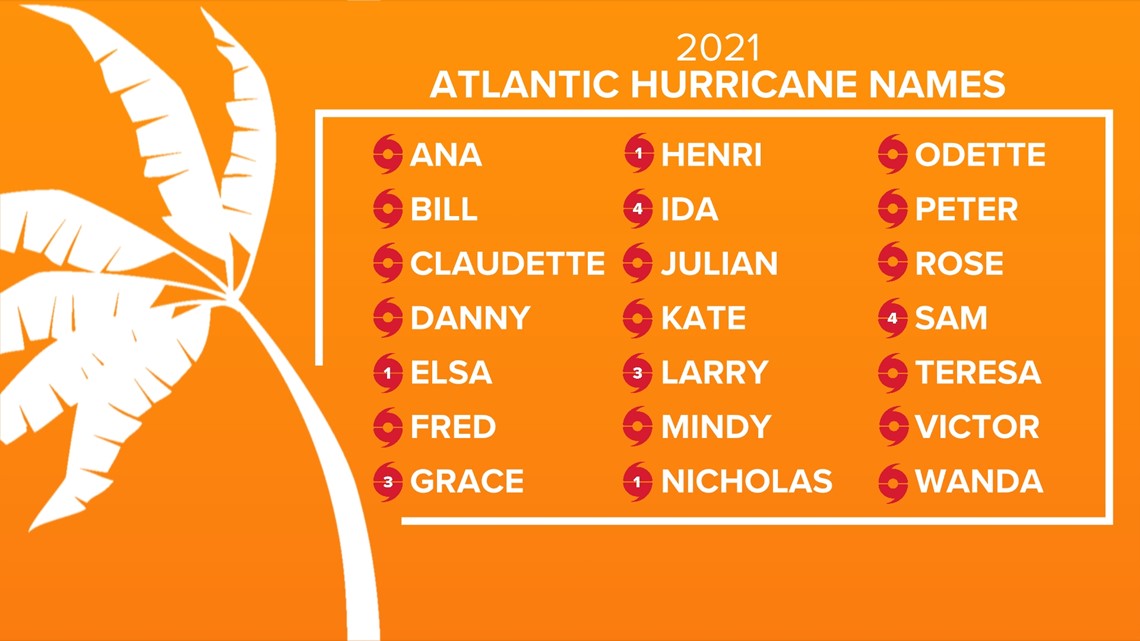
Let it blow, let it blow...
Hurricane Elsa, forming on July 1, became the earliest fifth named storm on record in the Atlantic Basin. Elsa's sustained winds reached 85 mph at its peak, which kept it at Category 1 strength. While tropical-storm-force winds and heavy rain ripped across west-Central Florida, Elsa swept past Tampa Bay and left little damage as the center of the storm with the strongest winds remained offshore.
The storm eventually curved east and officially made landfall along the Big Bend several miles northwest of Cedar Key with 65 mph winds.
A shelter opened in North Port, and roads were forced closed as floodwaters inundated the area. In Indian Rocks Beach, Elsa eroded about half of the shoreline.
New year, new names
This was the first year where if the list of names for the hurricane season were to be exhausted, the newly-developed supplemental list of names would have been used. The World Meteorological Organization wanted to avoid confusion and decided to retire the Greek alphabet that was originally used in 2005 and 2021 as a supplemental list.
Although the 2021 list was exhausted, no storms formed following the last storm of the season, Wanda. Maybe we'll try again next year.

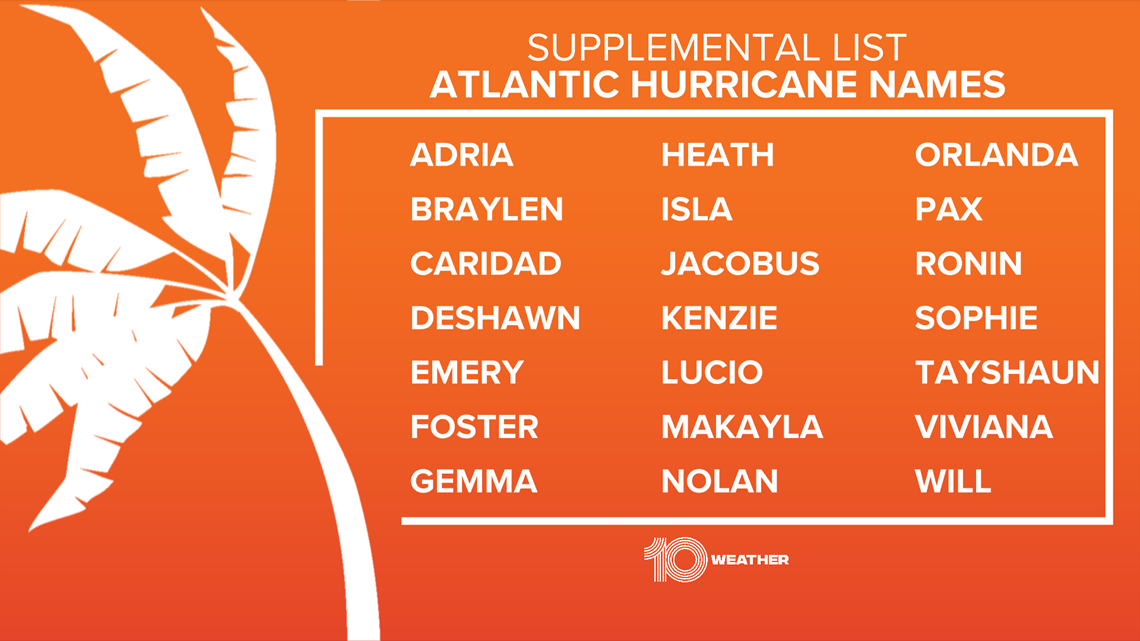
Getting an earlier start
The Atlantic hurricane season begins on June 1; but due to tropical activity developing before the official start of the hurricane season for the last six years in a row, the National Hurricane Center started issuing its regular schedule of tropical outlook discussions on May 15 instead of June 1.
This year was no different from the last six years. Tropical Storm Ana was the first storm of the season, and the NHC issued the first advisory on May 22. The storm remained out at sea.

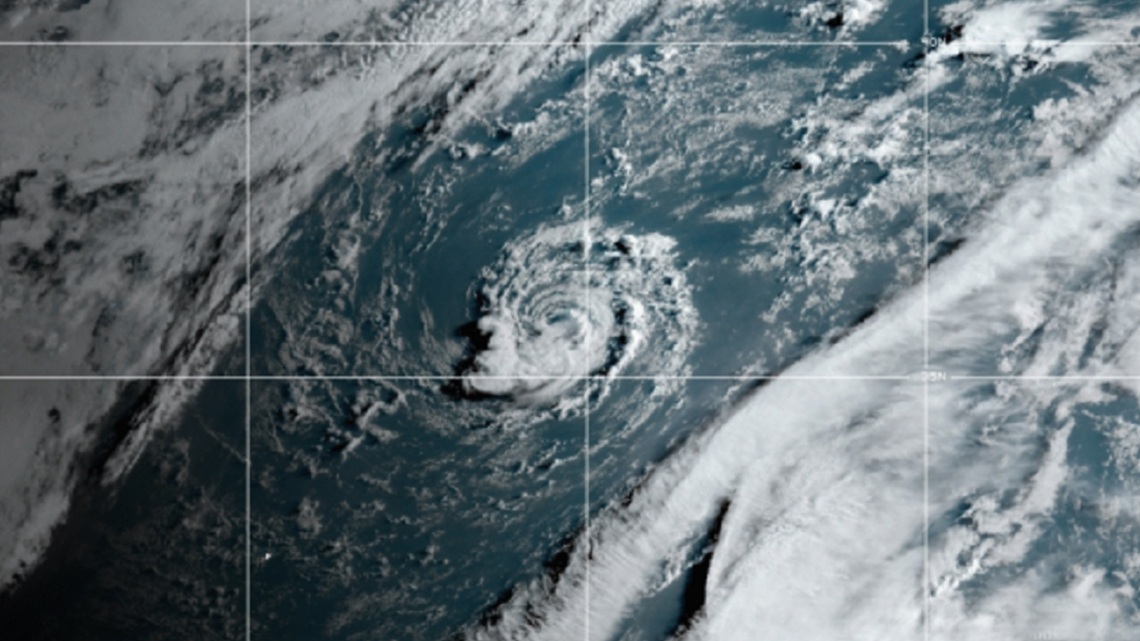
Ida makes a cross-country punch
There were not many threats to the United States this hurricane season; but as a reminder, it only takes one storm to make an impact. We saw that with Hurricane Ida.
Ida rapidly intensified in the Gulf of Mexico to a Category 4 hurricane before making landfall near Port Fourchon, Louisiana, with maximum sustained winds of 150 mph. It was the most intense hurricane to affect the state since Hurricane Katrina. Eerily enough, the devastating hurricane made landfall in Louisiana on the same date Hurricane Katrina made landfall. They both hit on Aug. 29 – but 16 years apart.
The remnants of Ida brought severe weather, heavy rain and significant flooding across New York, New Jersey, Connecticut, Maryland, Pennsylvania and Virginia, resulting in 91 people losing their lives, according to the Centers for Disease Control and Prevention.

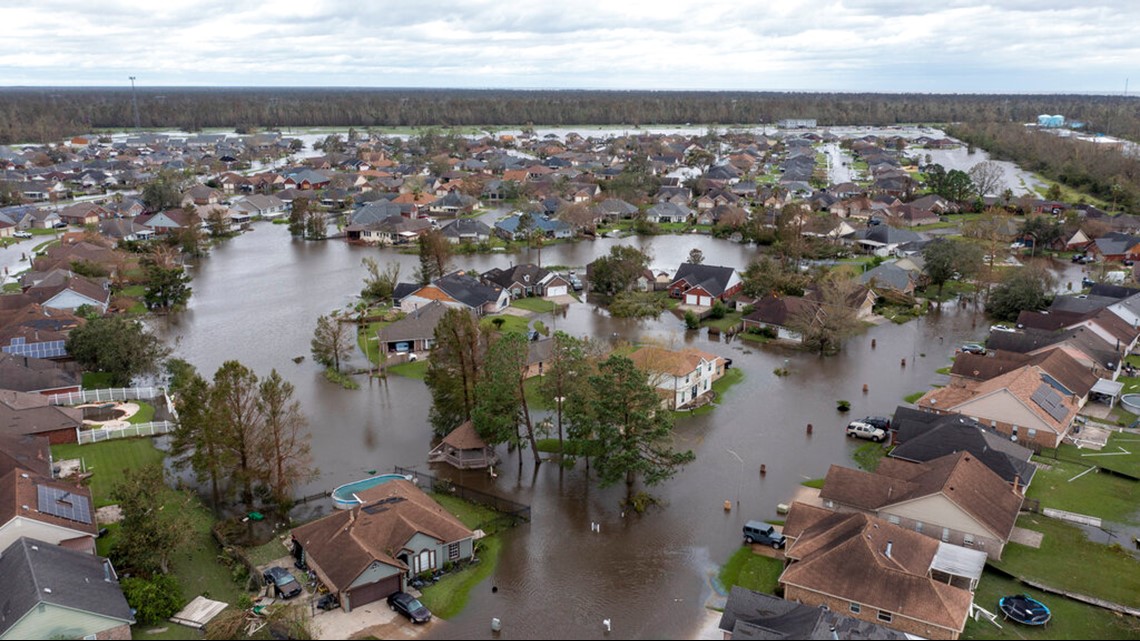
New technology
Prior to the start of the season, NOAA deployed five hurricane-class saildrones. In September, one of the saildrones was directly in the path of Hurricane Sam and captured first-of-its-kind video and data from inside the storm.
It was the first research vessel to venture inside the middle of a major hurricane.
December storms? They happen!
Will the 2021 hurricane season bring us any presents for the holidays? While very rare, it's possible! Post-season storms happen from time to time. While most that form remain out at sea, a couple have been devastating.
For instance, Tropical Storm Olga formed in the middle of December in 2007. The storm impacted the Greater Antilles with torrential rains and flooding that resulted in dozens of fatalities.

